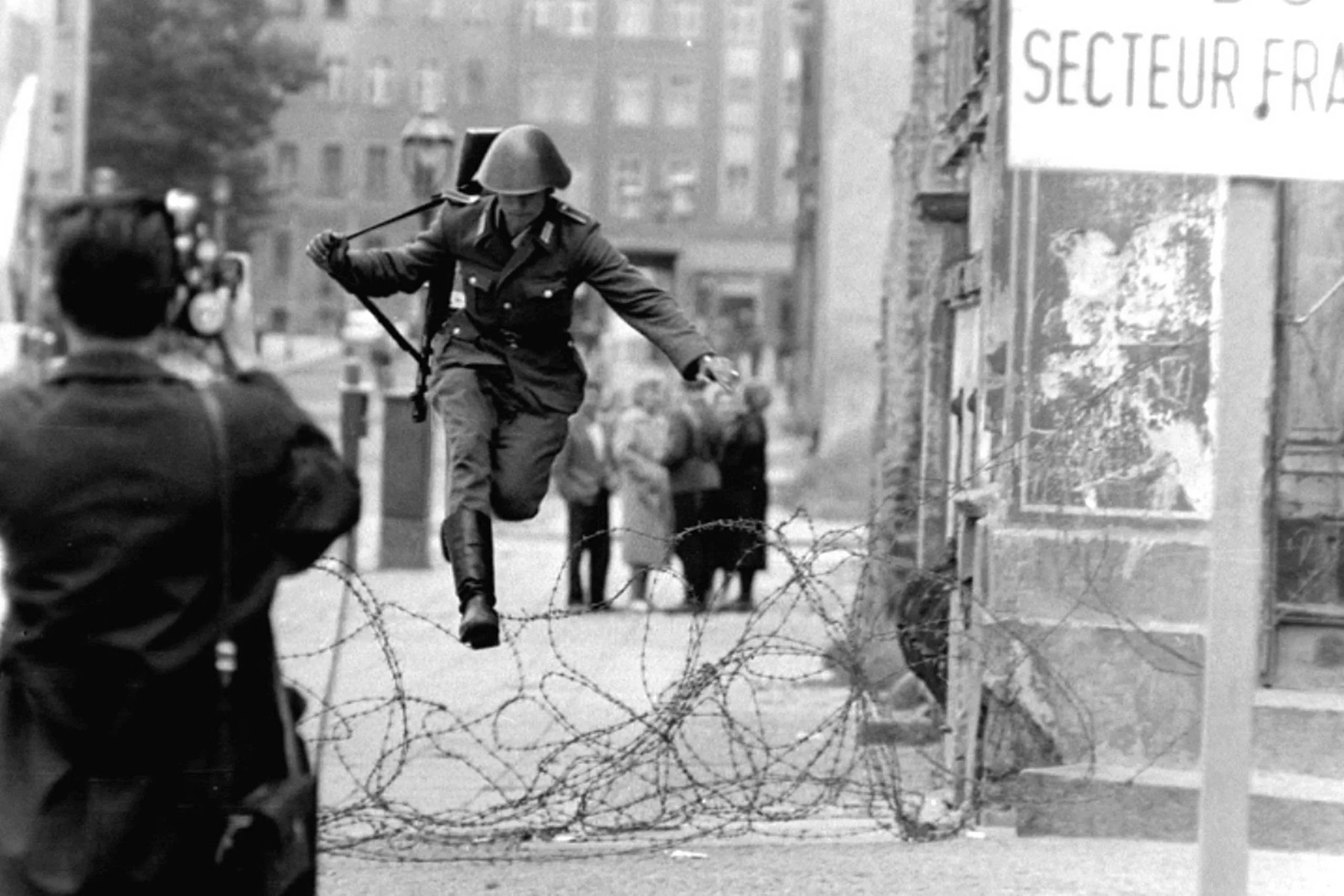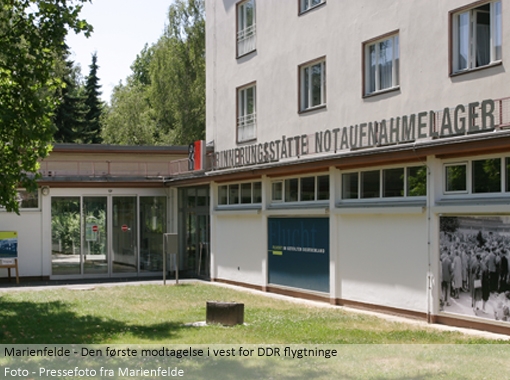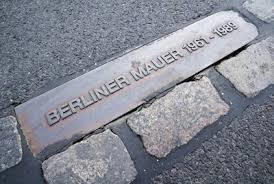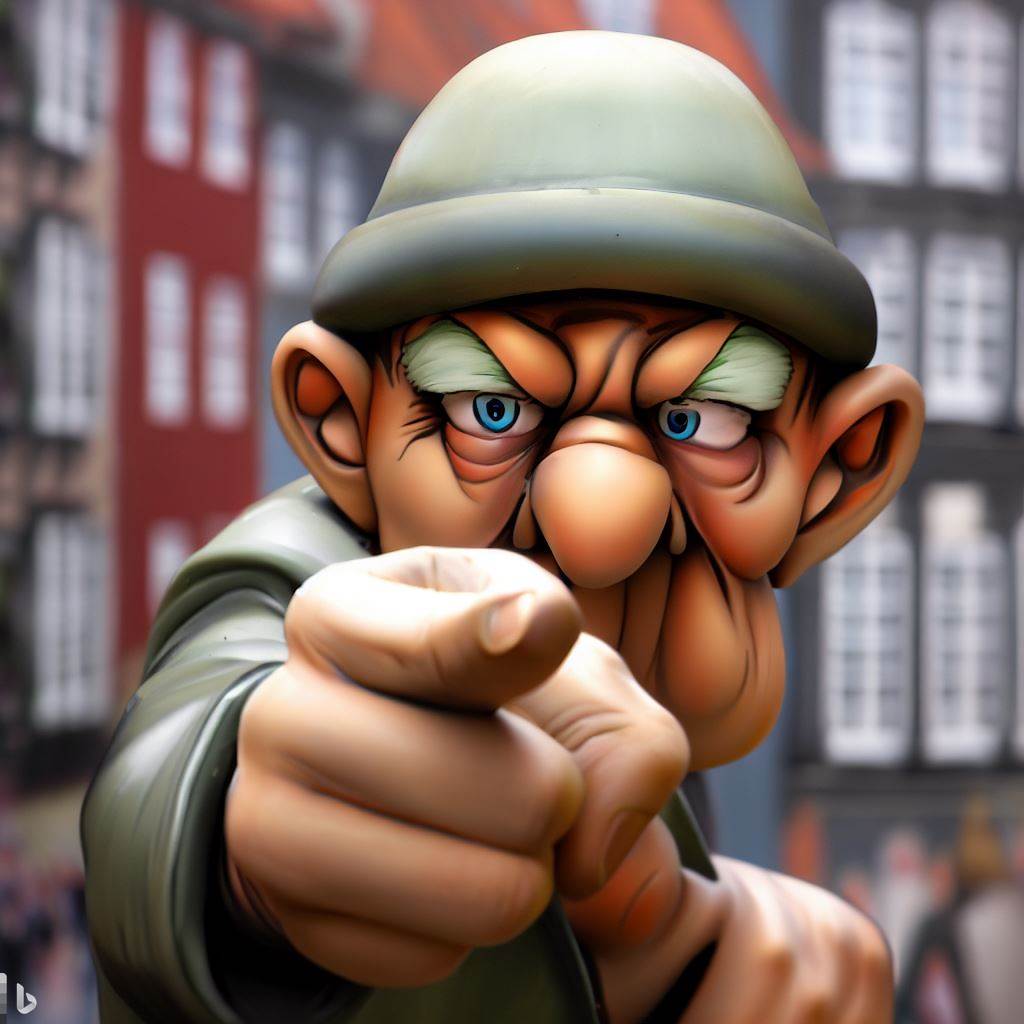Other places of interest and excursion destinations in other countries:
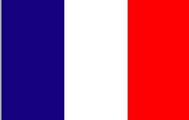 |
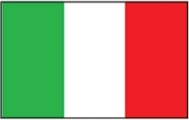 |
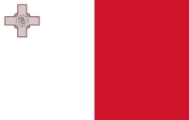 |
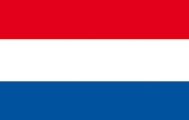 |
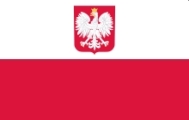 |
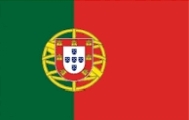 |
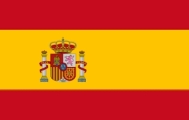 |
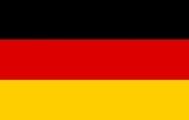 |
FR |
IT |
MT |
NL |
PL |
PT |
ES |
DE |
Link: Worth visiting in Berlin
Strandbad Wannsee
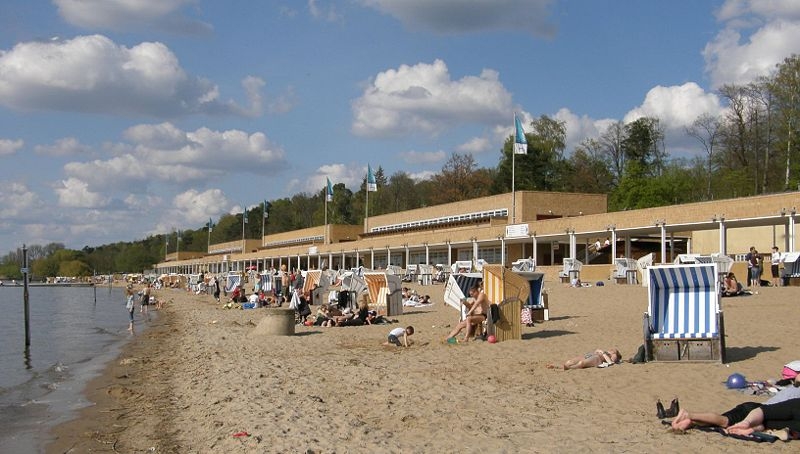
Grunewald
- Foto WikipediaStrandbad Wannsee is a beach located on the eastern shore of Lake Grosser Wannsee, a large bay of the Havel River in Berlin. It is known as Europe's largest lake bath and has been a bathing beach for Berliners for more than 100 years.
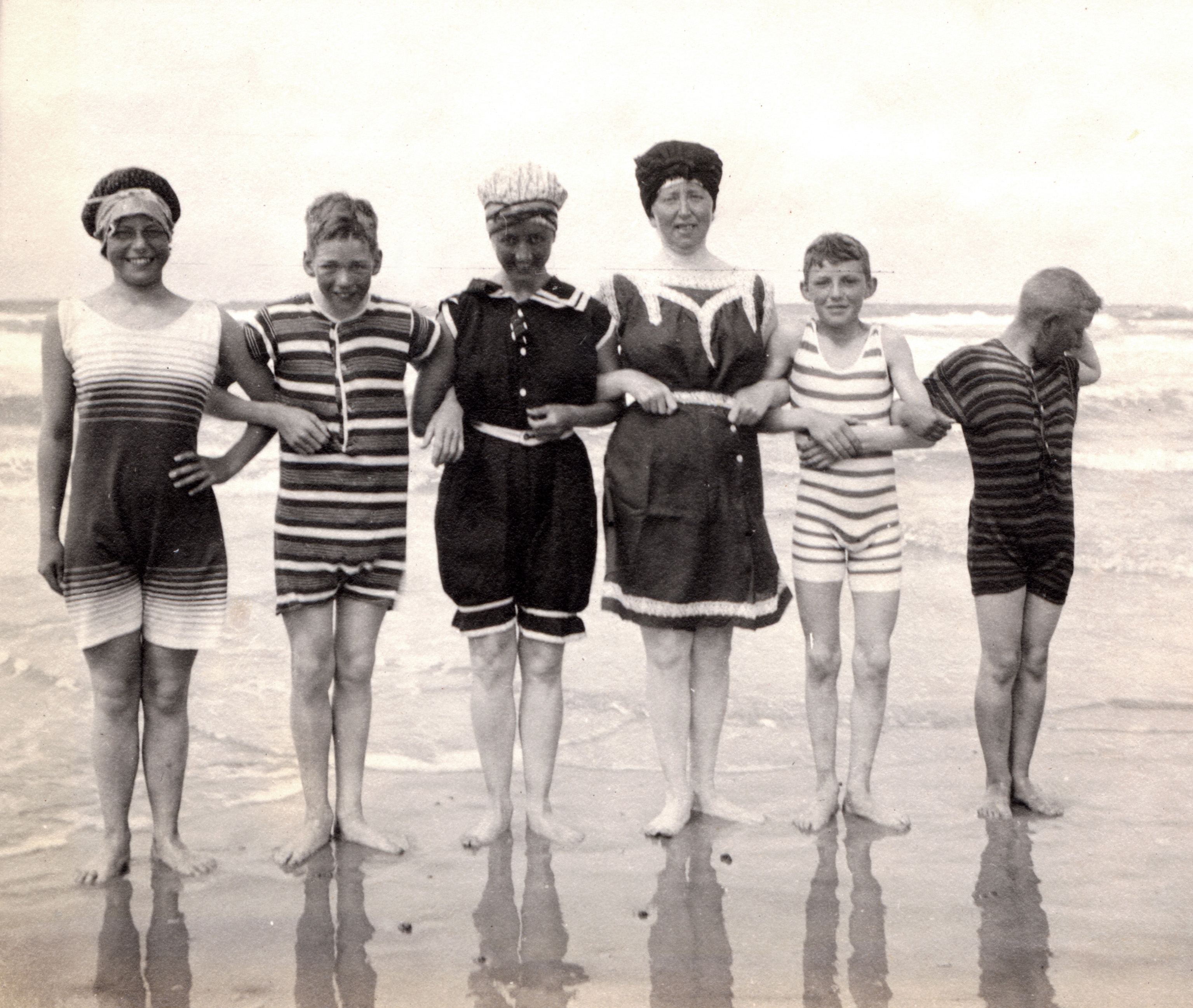
Happy beachgoers
Some interesting facts about Strandbad Wannsee:
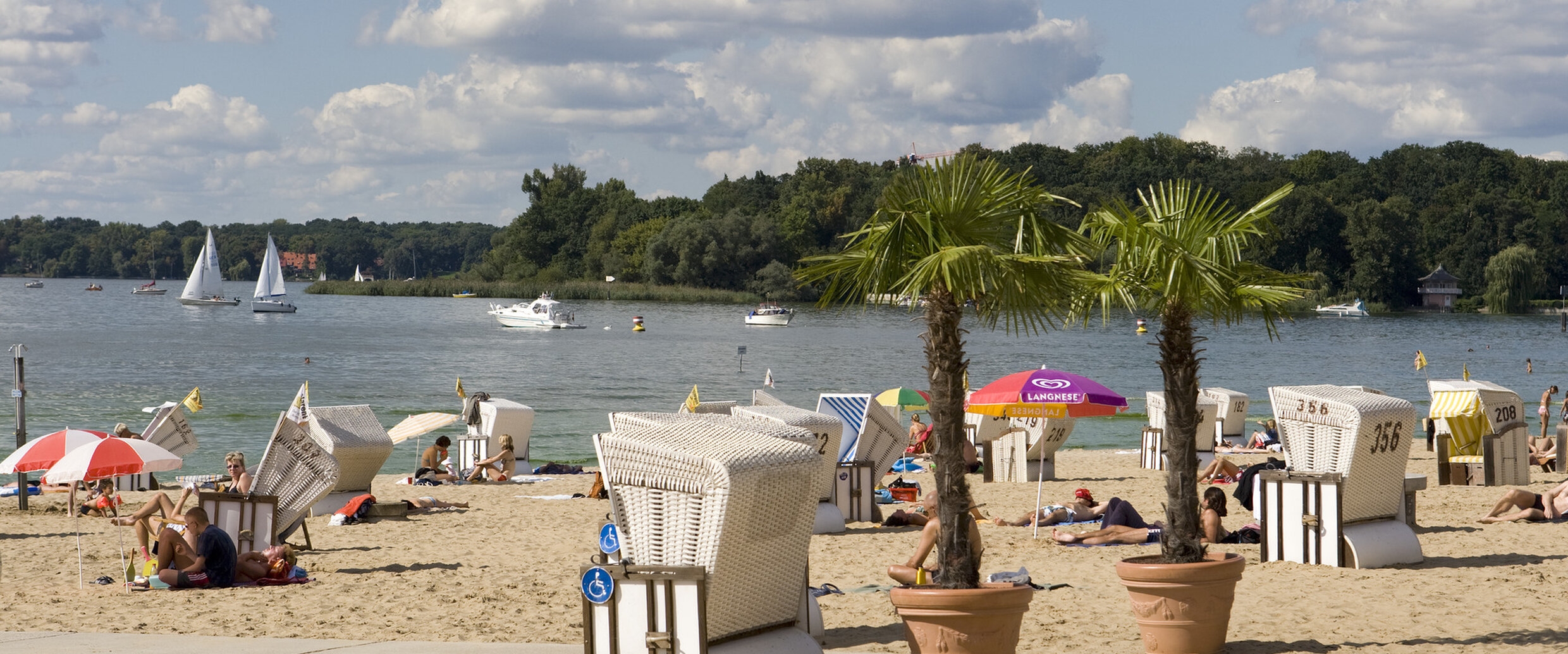
Jagdschloss Grunewald
The origin of the beach area, however, goes back to the beginning of the
1900s. The city of Berlin had, since the unification in 1871, experienced
enormous growth, both in population and in new buildings. Large housing
projects were planned and realized and these squeezed the working population
tightly together in small apartments with little light and less fresh air.
Therefore, people tried to escape into nature when they had the opportunity.
Favorite escapes for those who could not afford to go on holiday to the
Baltic Sea were the nearby lakes. Particularly suitable was the Wannsee with
its wide, shallow and sandy eastern coast.
Due to the moral standards of the time, public bathing, especially with
women and men together, was illegal. In 1907, the administration of the
Brandenburg Teltow district southwest of Berlin, then the known authority
over the area, gave in to public pressure and officially allowed bathing on
a 200-meter stretch of beach. Behavior was strictly regulated, down to
details of dress laid down by police regulation.
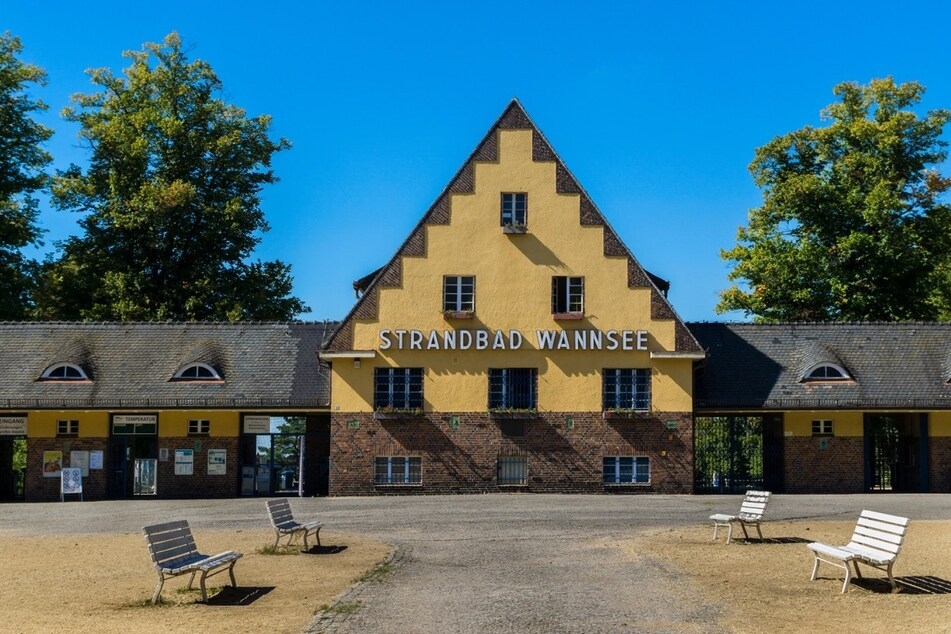
Strandad Wannsee
Construction began on May 8, 1907. In 1909, a lease was signed between the royal government and a local businessman, Frankenthal from Nikolassee. Freibad Wannsee, as it was called, then consisted of one beach each for men and for women, both 65 meters long, separated by the family section, which offered 350 meters of beach. The sections were separated by planking. Tents, erected at the foot of the steeper slope towards the forest, served as changing facilities.
After the First World War, the importance of the beach increased, not only
among the people of Berlin, but also for the surrounding communities. After
the end of the private lease, the municipality of Berlin took over, and the
company became part of the municipal forest service, due to its location in
Grunewald. In the same year, 1924, the tents were replaced by thatched
pavilions and the previously lacking sanitary facilities were improved. The
area was extended to 800 meters and was open year-round, making the
facilities available to winter bathers and skaters. Attendance increased,
especially after the S-Bahn from nearby Potsdam to Erkner was opened. One
year there were 900,000 visitors.
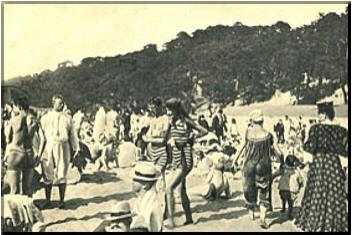
In 1926 the new nearby stations, Nikolassee and Wannsee, facilitated access
to the beach and the existing facilities were no longer sufficient. Plans to
erect a permanent building on the site had been mooted as early as 1910 by
Martin Wagner, later municipal director of construction, but had been
delayed by the First World War. Now the municipality of Berlin tasked the
same Martin Wagner and colleague Richard Ermisch, both employees of the city
administration and experienced in public construction, to plan a large-scale
improvement project. Construction began in 1929, and the opening of the new
buildings took place already a year later in 1930.
The Great Depression compromised the execution of the plans Wagner and
Ermisch had made. Initially, the budget had been an amount of 5 million
Reichsmark, which was to be spent on a further five of the two-storey halls,
as well as a large, circular main restaurant, a pier with a café a marina
and an open-air theatre. In addition, a medical bath, a kindergarten and a
pension were thought of. Of all this, only the existing complex of four
structures was realized, and only after the municipality visited the site to
see that most of the scaled-down project was already built and would not
require much additional work. However, an additional 2 million Reichsmarks
were added.
In the following years, the number of visitors increased enormously, not
least because Berliners wanted to see their new public bath. However, the
rise of Nazism with associated violent fights between different political
groups on the beach meant that more and more people gradually refrained from
visiting the area.
During the Second World War, the beach park became a very welcome
distraction in the dark times.
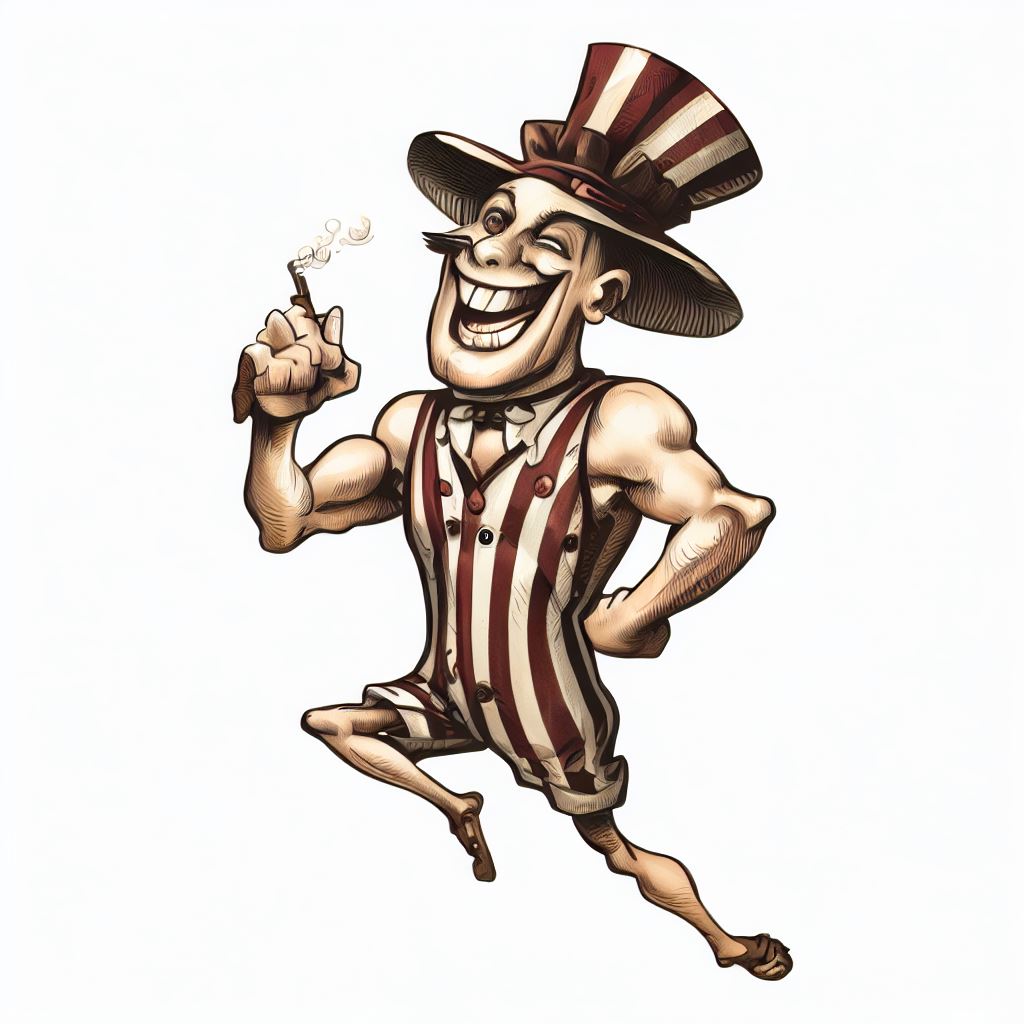
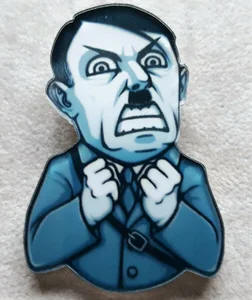
In 1938, Jews were forbidden to enter and the non-Nazi staff were replaced
by party members. Furthermore, the entertainment was provided by orchestras
from the Wehrmacht and the SA.
Berlin's coat of arms approx. year 1700
D E F
G H I J K
L M N O P Q R S
S T U V X Y Z
Recreational areas:
Food and drinks:
Postcard Berlin, Sebastianstraße, Berliner Mauer Shortcut to postcards of the Berlin Wall
A recommendation
Berlin's landmark is a bear
I have visited Berlin for many years. The first time was in the late 70s with a school
class where the stay made such a big impression on me that I have been coming there
very often ever since.
The first times I visited the city, it was brutally divided into East and West and
separated by the famous and infamous Berlin Wall, which from one day to the next
separated families and friends.
The history of the construction of the Berlin Wall is long and begins in the division of Germany
after World War II, where the four victors and allies - the Soviet Union, the United States, England and France divided the country
between them. The capital, Berlin, from which the Allies were to jointly rule Germany, was also divided into four occupation zones,
which each Allied ruled, however, in accordance with the overall agreements the four Allies had jointly
But the marriage was not a happy one and, in short, the differences between the United States, England and France, on the one hand, and
the Soviet Union, on the other, became so big that cooperation was almost impossible.
The lack of cooperation led the Soviet Union to voluntarily decide to form the state of the GDR
in their part of Germany, where West Berlin were located - now as a desert island in the east.
In the GDR, however, they had the problem that many of its inhabitants would rather live in the somewhat richer "West", where the Americans, unlike the Russians,
provided financial assistance for the reconstruction after the "total war". In the Soviet-occupied German territories, the Russians instead
dismantled most of the production equipment and moved it to the Soviet Union, and to make matters worse, the Germans were also ordered to
pay war damages.
As the flow of refugees from the GDR increased, often by several thousand people a day, the
then government of the GDR felt compelled, with the consent of the Soviet Union, to confine its population, otherwise within a few years there would be so few people
left in the state no longer really would work. The flight to the West among young people, skilled and highly educated was so that the situation was unsustainable
and something had to be done.
The iconic photo of the soldier who escaped from the
GDR to the west
Well arrived in West Berlin, you had to sign up in e.g. the Marienfelde refugee camp to apply for a residence permit.
Here one was interrogated and later typically assigned to a job according to qualifications and an apartment. Many former GDR citizens have passed through
Marienfelde, where there now also is a museum. It is estimated that approx. 1.35 million people passed through the camp in Marienfelde until the fall of
the wall in 1989.
West Berlin was a thorn in the side of the so-called communist regimes, which on several
occasions tried to get the West Allies to leave Berlin and thus let it become part of the GDR, but when that failed, the Berlin Wall or "Antifaschistischer Schutzwall"
as it was officially called in the GDR was built in 1961.
"Notaufnahmelager"
Marienfelde (refugee camp)
The "Schandmauer" - or wall of shame as it was called in most of the western world - came to surround the whole of West Berlin.
The day of shame - 13 August 1961 - was the day when a 41 km long wall was started and further developed the following years right up to the fall of the wall in 1989. Memorial
It is estimated that approx. 14,000 border soldiers guarded the wall
- which by the way consisted of several walls - even though 860,000 mines had been laid, more than 300
watchtowers erected, trenches built and more than 600 well-trained watchdogs exposed.
Throughout the period from 1961 - 1989, it is estimated that there were more than 5,000 escape attempts and that
a little more than 3,000 people were apprehended. Some of these escape attempts took place through the 57 escape
tunnels dug under the Berlin Wall. In all, it is believed that 190 died during escape attempts.
World War II and the Berlin Wall - even after its dismantling - have of course left their mark
on the city of Berlin and there is no doubt that these events have had a colossal historical significance, but one
must not forget that Berlin is also an extremely interesting and modern city, where life is lived and where the
cultural offerings are enormous.
Wanted
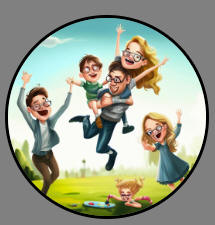

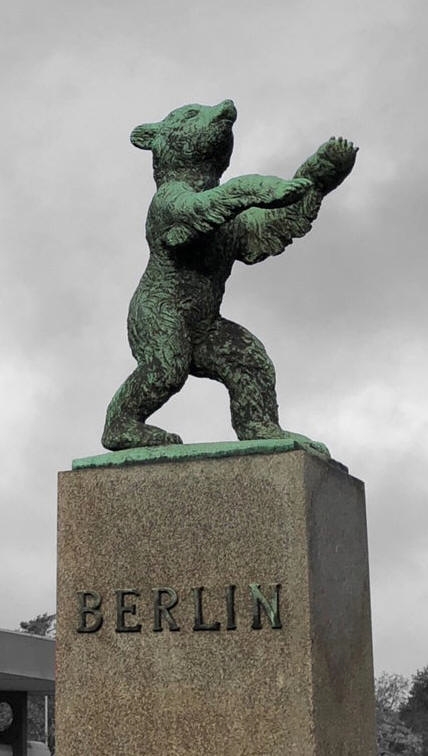
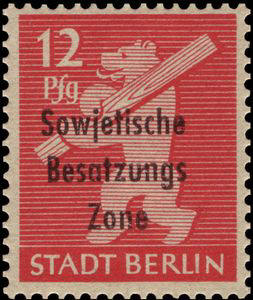
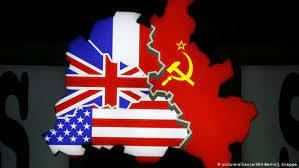
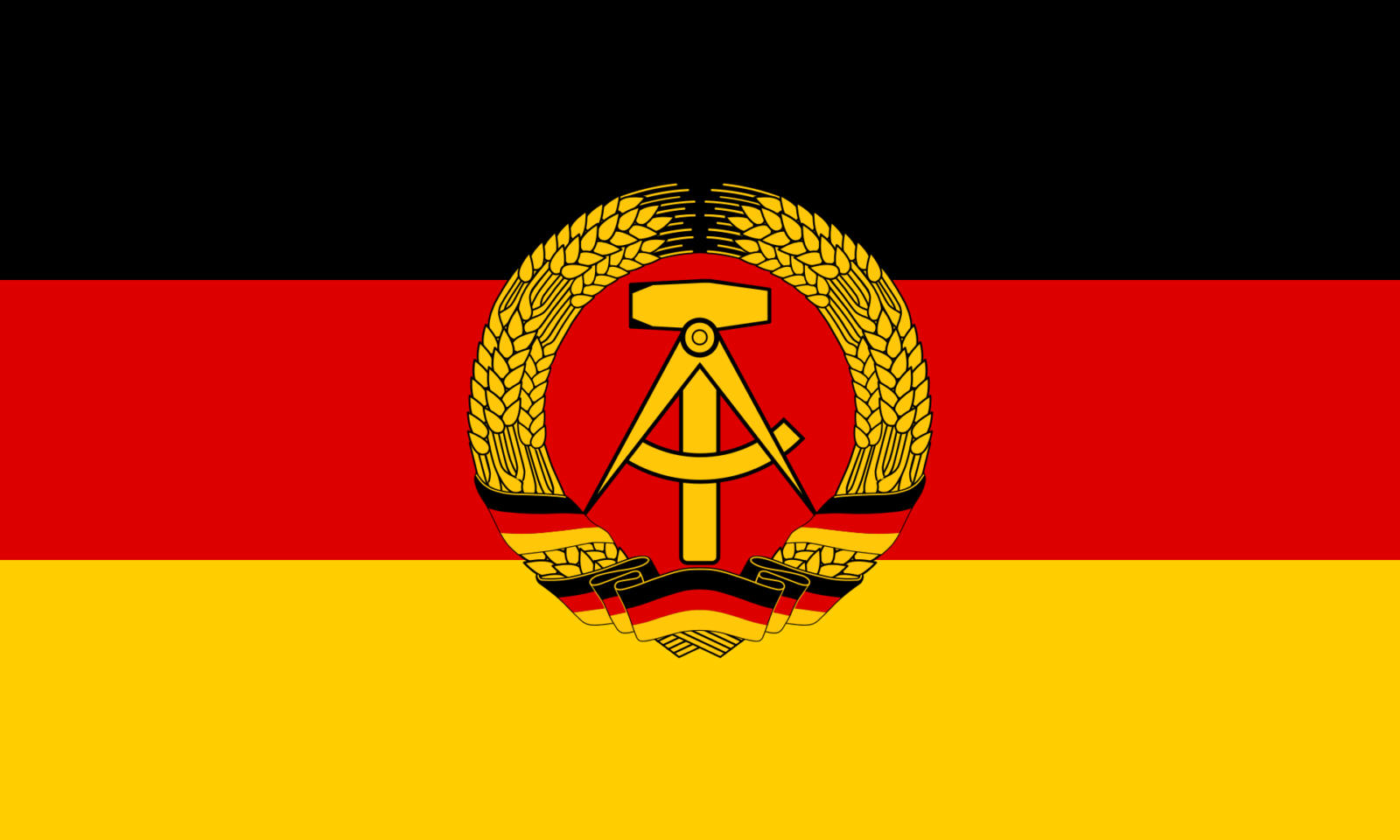
The GDR had otherwise promised its population that after some hard years
of toil and toil, the reward would come, but when you could see, not
least via western TV, how the nation actually fell further and further
behind in relation to the west, many began to doubt truth value of the
statement. For the same reason, large parts of the population began to
seep to the west and this could most easily happen via Berlin, where the
borders between the various sectors were still open.
 When a GDR citizen had decided to become a "republican
refugee", he or she typically dressed like people from the West
and then subsequently bought a train ticket to Berlin , if one did not already live there. In Berlin, the trip typically continued by "U-bahn" to West Berlin.
During such an escape, no significant luggage could be included, as one would easily be recognized as what one was - a refugee - and then taken to the police
station for questioning and imprisonment. Although there was free passage to West Berlin, many East German border guards were posted at the border and were
largely solely responsible for keeping an eye on any refugees.
When a GDR citizen had decided to become a "republican
refugee", he or she typically dressed like people from the West
and then subsequently bought a train ticket to Berlin , if one did not already live there. In Berlin, the trip typically continued by "U-bahn" to West Berlin.
During such an escape, no significant luggage could be included, as one would easily be recognized as what one was - a refugee - and then taken to the police
station for questioning and imprisonment. Although there was free passage to West Berlin, many East German border guards were posted at the border and were
largely solely responsible for keeping an eye on any refugees.
